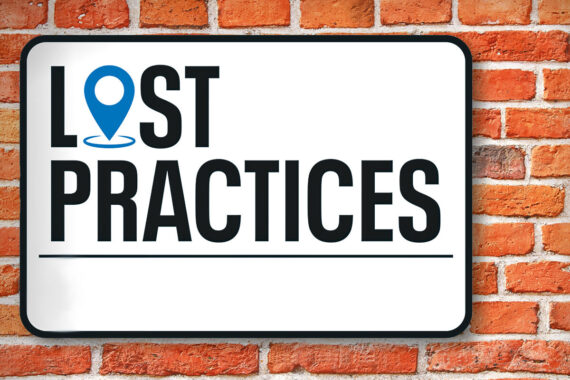When GP partners hand back their contracts or branch surgeries are closed, it has a far-reaching knock-on effect.
But when those surgeries are not replaced, patients in their thousands become displaced and often find themselves having to travel many miles to find an alternative.
Until recently, there was no way of quantifying just how many practices this had happened to because nobody had looked into it.
So, when Pulse went digging earlier this year, the investigation uncovered some startling truths.
As of September, 474 GP surgeries across the UK had closed their doors in the previous nine years and had not been replaced. This left 1.5 million patients without a family doctor.
Of the total number of closures, 119 (25%) happened following a merger and 91 (19%) were branches shut down by a parent practice. The rest – some 264 practices – completely closed down permanently, with no other surgery in the same postcode.
Pulse’s probe explored some of the reasons for these closures and revealed that staffing – either problems recruiting or GPs retiring – was the most common barrier to keeping practices open.
APMS contracts coming to an end were a factor in many closures, while some occurred due to CQC involvement – either an ‘inadequate’ inspection rating or some form of enforcement action.
Small practices on lower funding in more deprived areas are disproportionately affected by closures, our investigation found.
To put it into numbers, postcodes where practices have shut for good have an average deprivation score of 3.81, where 1 is most deprived and 10 is least deprived. Nationally, practice areas average a score of 4.41.
And practices in deprived areas lose out on money, on account of them having higher numbers of young adult patients, who don’t attract the funding that elderly and infant patients do under the Carr-Hill formula.
However, the nature of deprivation means those patients are less likely to self-care or attend for proactive care like screening. As a result, practices have high levels of activity without the funding to pay for it.
Other reasons Pulse found for practices closing include partners resigning, workload pressures, inadequate premises, and an influx of patients, among others.
Whatever the reason, the permanent loss of any practice means the patient list has to be covered elsewhere, creating even more problems for the practices that end up taking them on.
For example, Claydon and Barham Surgery in Suffolk closed last June, and 2,000 patients listed there were transferred to Needham Market Country Practice, almost 5 miles away.
But the Needham practice has seen its GP partner workforce halve in the last 12 months: two have retired, two have relocated abroad, and one has left – perhaps unsurprisingly – because of workload pressures.
Meanwhile, Pulse reported in August that 22 practices in Northern Ireland were under the supervision of the DH’s ‘crisis team’ in hopes of saving them from the brink of closure.
Since then, two handed back their contracts in as many months.
With the usual winter pressures mounting and others besides, times are (yet again) bleaker than ever.

















